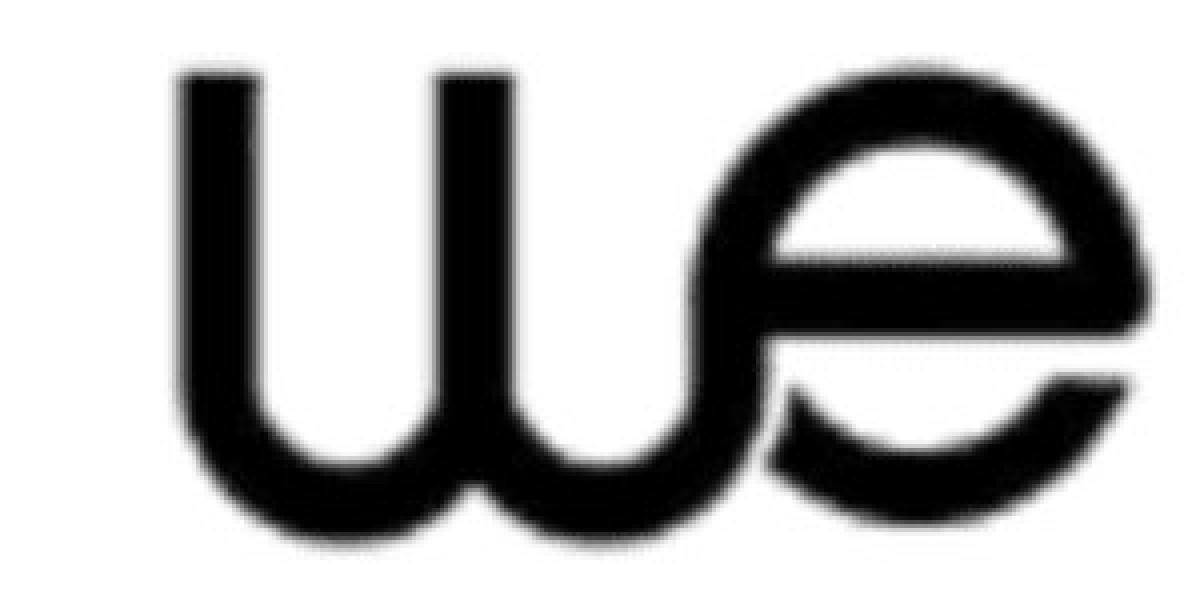Are you running a business with innovation or development activities? You should know about the R&D tax credit. It can lower your tax bill and boost your company’s growth.
Let’s explain what the R&D tax credit is and how your business can qualify.
What Is the R&D Tax Credit?
You should understand that the R&D tax credit is a government incentive. It encourages companies to invest in research and development.
The credit reduces your tax liability dollar for dollar. It applies to costs related to developing new products, processes, or software.
Eligible expenses include wages, supplies, contract research, and sometimes equipment costs.
Why Does the R&D Tax Credit Matter?
Many businesses miss out on this credit. You could save thousands or even millions in taxes.
The IRS allows credits on qualified expenditures from current and past tax years. That improves your cash flow and funds future innovation.
According to the IRS, over 20,000 companies claim the R&D tax credit annually. Many industries benefit, especially technology, manufacturing, and biotech.
How Can Your Business Qualify?
You should know there are specific rules. To qualify, your work must:
Create or improve products, processes, or software
Involve a process of experimentation
Aim to eliminate technical uncertainty
Projects that improve function, performance, reliability, or quality often qualify.
What Expenses Qualify for the Credit?
You should track these costs:
Employee wages related to research activities
Supplies consumed during development
Contract research expenses paid to third parties
Rental or lease costs for computers used in R&D
Keep detailed records. Proper documentation strengthens your claim and helps in case of audits.
How Does the IRS Define Qualified Research?
IRS defines qualified research using four main criteria:
The activity must be technological in nature
It must intend to eliminate uncertainty
It involves a process of experimentation
It must relate to a new or improved business component
Your business should review activities against these standards.
What Is the Calculation Method?
You should know there are different calculation methods. The most common are:
The Regular Credit Method
The Alternative Simplified Credit (ASC)
Each method uses your qualified expenses and base amount to calculate credit.
Consult your tax advisor to choose the best method for your situation.
How to Document Your R&D Activities?
Good documentation is essential. You should maintain:
Project descriptions and timelines
Employee roles and hours spent on R&D
Expense reports and invoices
Test results and design notes
Accurate records make your credit claim stronger and reduce audit risk.
Who Should Claim the R&D Tax Credit?
Many businesses qualify. You should consider claiming if you:
Develop software or apps
Manufacture products with innovation
Improve processes or techniques
Conduct scientific or engineering research
Even small startups can benefit, as the credit may offset payroll taxes.
How Can a Consultant Help?
You might find the R&D tax credit rules complex. You should consider hiring a consultant.
Experts help identify qualifying activities and expenses. They prepare documentation and work with your tax advisor.
Many consultants find additional credits you might miss.
What Are Common Mistakes to Avoid?
You should avoid:
Overstating qualified expenses
Poor documentation
Misunderstanding qualification criteria
Failing to update claims for past years
Correct preparation prevents IRS audits and penalties.
Final Thought: Is the R&D Tax Credit Right for You?
You should evaluate your business activities carefully. The R&D tax credit offers significant tax savings and incentives for growth.
Are you ready to boost your bottom line through innovation? Take steps now to assess your eligibility and claim the credit.






